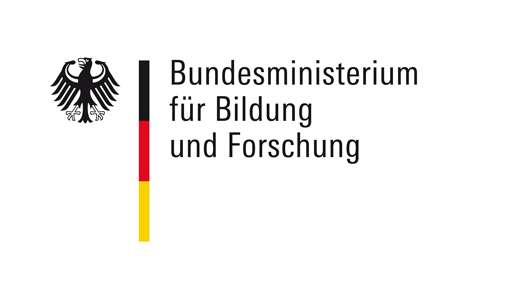
The project aims to develop large-area lighting applications with organic light emitting diodes (OLED) on flexible substrates. The focus is on ultra-thin glass, which offers advantages over plastic as a substrate due to its excellent barrier properties. For roll-to-roll manufacturing, a qualified substrate winding processes must be integrated into the coating system first. As a further challenge, laser cutting and structuring processes are being developed for substrate separation and interconnection. In addition, efficient protective coatings are being used for the OLEDs as well as transparent electrical contacts that add value to the lighting market. As a result, demonstrators are being developed to demonstrate the performance of the technology. A part of the technologies is being researched in cooperation with partners from the partner cluster in Yonezawa, Japan. The collaborative project is coordinated by Organic Electronics Saxony (OES).
 Fraunhofer Institute for Electron Beam
Fraunhofer Institute for Electron Beam